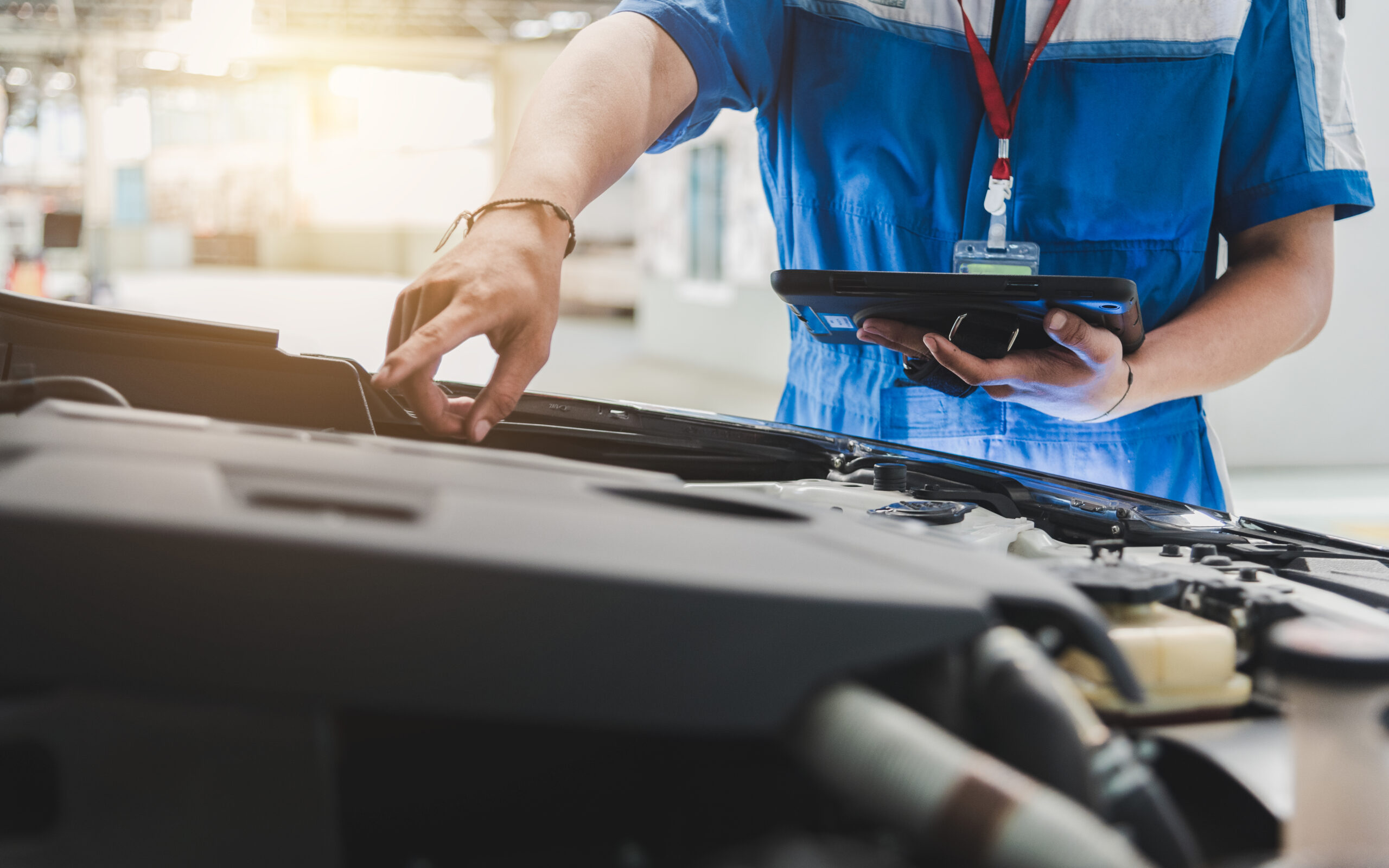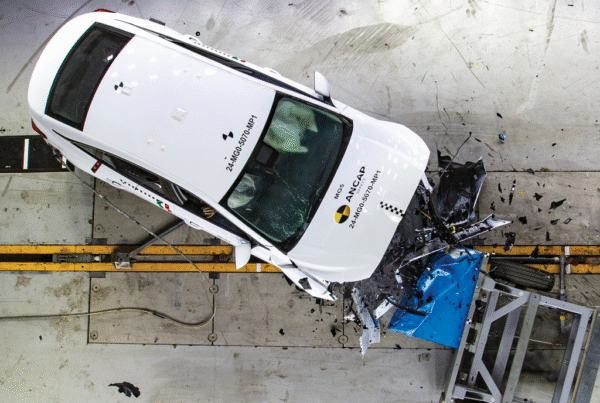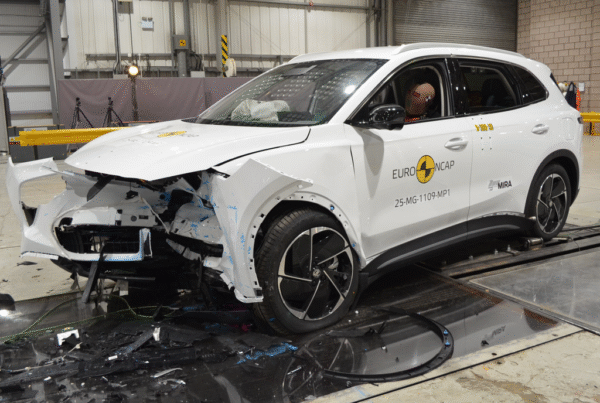As a fleet manager you may ask yourself which vehicles fall under your Work Health and Safety (WHS) responsibilities and are there policies and procedures that comprehensively manage the use of these vehicles.
Many organisations find WHS responsibilities become confusing or hazy when considering grey fleets which are vehicles used for work purposes but are not owned by the driver’s employer.
So, what vehicles could your organisation be responsible for?
They are:
- Vehicles owned, leased, or hired by your organisation as work vehicles
- Vehicles owned, leased, or hired by your organisation for private use but which are incidentally used in the course of work
- Vehicles operated by other organisations (which are used by your organisation’s staff)
- Vehicles owned or leased by workers that are used in the course of their work, either regularly or from time to time (grey fleet vehicles)
- Micro mobility options such as electric scooters and bicycles
- Public transport vehicles, including trains, buses, taxis, and ride share vehicles
To put it another way, your organisation is responsible for any vehicle where its being used for work purposes regardless of who owns or controls the vehicle.
The extent of an organisations ability to mitigate risk is determined by their level of influence and control over the vehicle, the driver and possible incidents. Ensuring every category of vehicle has corresponding risk management plan will prevent unwanted incidents and possible liability in the face of disaster.
What does risk management involve?
Safety does not revolve around an individual’s behaviour but rather reflects the actions and efforts of those who attempt to reduce or eliminate risks to the point of reasonable practicality. Systematic risk management outlined in an organisations policies and procedures can secure safety as vital in a workplace culture and prevent unnecessary incidents.
A risk management plan will often involve:
- identifying the hazards in your road traffic operations
- where necessary, assessing the risks by considering the chance an incident will occur and possible consequences
- controlling the risks through training, maintenance, safety guidelines and other measures
- reviewing the controls (regularly checking to make sure your controls are still relevant, effective, and up to date).
Ultimately these duties are one of your organisation’s responsibilities and will affect the safety of every vehicle and worker in your fleet.
For further information and resources please visit Safe Work Australia
Think safe. Work safe. Be safe.


















